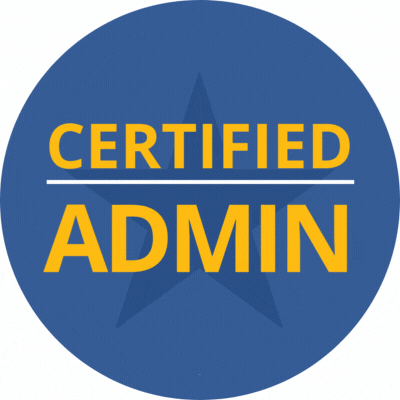Hey all, I am curious how other districts handle this, and be warned I might be overthinking it. Currently we have a tech at each school building. They handle all tier 1 support at the site. This includes intake of devices for repair. Most techs spend some amount of time troubleshooting devices that come in and determine if they need further repair. If they do those devices/tickets are re-assigned to our repair team. When we do this though the report will no longer reflect the time the agent themselves spent on the ticket I assume (from what I can tell) unless we retain the assigned agent. If we did retain the agent the work the repair team did would then not be reported it seems.
In the end I am curious what other districts do to manage repair ticket workflows in order to maintain accurate reporting/analytics (I know we can create sub-tickets but not sure if that would be overcomplicating it).






